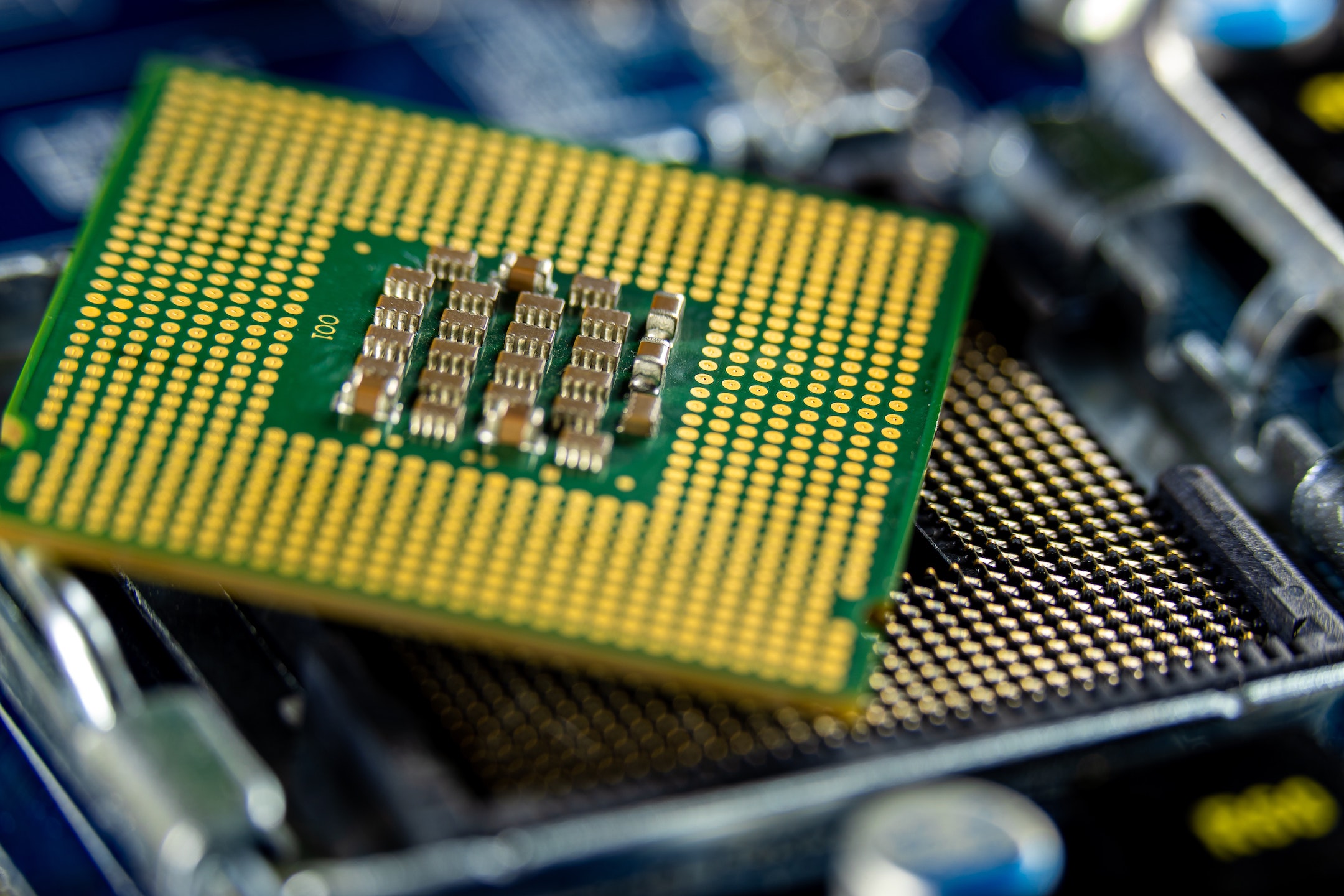
Case Study
Weaving single crystal thin films to Fabricate Twisted Epitaxial Lateral Homostructures
New approach allows epitaxial growth of twisted lateral homostructures to form thin films with unconventional architectures and various applications
Thin films are an essential component of semiconductor devices, integrated circuits used in our electronic devices, light-sensitive panels used in solar cells, and many other appliances. One of the most popular methods of synthesizing thin films is epitaxial growth, where the desired material is slowly grown or deposited on a single crystalline substrate which acts as the seed or template for growth. Epitaxially grown thin films are known for their high quality and excellent functionality due to the presence of unique crystalline structures and surface anomalies like defects, vortices, and phase boundaries. However, these properties—along with lattice constraints and degrees of freedom—are heavily dependent on the foundation template or the substrate on which the materials are deposited. Apart from that, conventional methods also fail at controlling the direction of homostructure growth, which severely limits the use of epitaxy in materials engineering.
A team of researchers led by Prof. Jan-Chi Yang from National Cheng Kung University took it upon themselves to overcome this challenge. In their recent breakthrough published online in Nature Communications on 10 May 2022, the team described how inserting a freestanding oxide layer assisted the generic approach for synthesizing epitaxial twisted oxide lateral homostructures. Prof. Yang explains, “Conventional epitaxial methods only focus on vertical stacking of heterostructures and there is no way to control how the lateral structures are grown because the underlying foundation patterns are strictly limited by the chosen single crystal substrates. Our approach removes that constraint by introducing a freestanding layer between the substrate and the deposited layer which allows us to arbitrarily “twist” the plane of deposition, forming new atomically sharp homojunctions or interfaces that cannot be obtained vial conventional epitaxy.”
To test the efficacy of their method, the team carried out experiments using multiferroic BiFeO3 (BFO) as the model system. Firstly, they chose SrTiO3 (STO) as the single crystal substrate and representative magnetite, La0.7Sr0.3MnO3 (LSMO), as the sacrificial layer. The sacrificial layer was etched, and an ultrathin freestanding STO (FS-STO) layer was obtained and transferred onto another single crystal STO substrate, but this time, the FS-STO was rotated with a twist angle, ϕ. This rotated FS-STO layer then acted as a modified template for the growth of twisted lateral BFO homostructures. Using this setup, the team was able to obtain controllable alternating orbital configurations, almost like a “weaved” pattern.
The team then characterized the newly fabricated structures using x-ray diffraction and high-resolution transmission electron microscopy. The results of these analyses were quite promising! The structures not only exhibited the properties of BFO, like antiferromagnetism and ferroelectricity, but were also tunable. Their twist angle, lattice orientation, and phase stability were all adjustable.
The team’s new approach can achieve what conventional epitaxial growth methods cannot, i.e., provide additional controllability and tunability in thin film epitaxial growth. In addition to bringing about the emergent functionalities, it might help improve the performance and energy dissipation of nanoelectronics that use thin films. Lastly, it can act as a framework for new materials engineering approaches needed to design complex structures with exotic physical properties. “Epitaxial growth and thin films are both indispensable arms of condensed matter science and the semiconductor industry; our new technique can further innovate nanoelectronic architectures and enhance the performance of functional devices,” concludes Prof. Yang.
Reference
AuthorsPing-Chun Wu1 Chia-Chun Wei1, Qilan Zhong2, Sheng-Zhu Ho1, Yi-De Liou1, Yu-Chen Liu1, Chun-Chien Chiu1, Wen-Yen Tzeng3, Kuo-En Chang1, Yao-Wen Chang1, Junding Zheng2, Chun-Fu Chang 4, Chien-Ming Tu3, Tse-Ming Chen 1, Chih-Wei Luo 3,5, Rong Huang 2, Chun-Gang Duan2, Yi-Chun Chen 1, Chang-Yang Kuo3,5 & Jan-Chi Yang 1,6
Twisted oxide lateral homostructures with conjunction tunability
Nature Communications
Affiliations
1 Department of Physics, National Cheng Kung University
2 Key Laboratory of Polar Materials and Devices (MOE) and Department of Electronics, East China Normal University
3 Department of Electrophysics, National Yang Ming Chiao Tung University
4 Max-Planck Institute for Chemical Physics of Solids
5 National Synchrotron Radiation Research Center
6 Center for Quantum Frontiers of Research & Technology (QFort), National Cheng Kung University
Key Academics
About Professor Jan-Chi YangDr. Jan-Chi Yang is an Associate Professor at the Department of Physics at National Cheng Kung University (NCKU), Taiwan. He received his bachelor’s and Ph.D. from the Department of Materials Science and Engineering, National Chiao Tung University, Taiwan. Before joining his current position at NCKU, Dr. Yang was a visiting scholar at Lawrence Berkeley National Laboratory, USA, and as a Post-Doctoral Researcher at Max Planck Institute for Chemical Physics of Solids, Germany. He has over 50 publications and has been cited 1800+ times. Prof Yang’s current research interests include condensed matter physics, strongly correlated systems, multiferroics, advanced epitaxial growth, freestanding matters and complex oxide heterostructures.